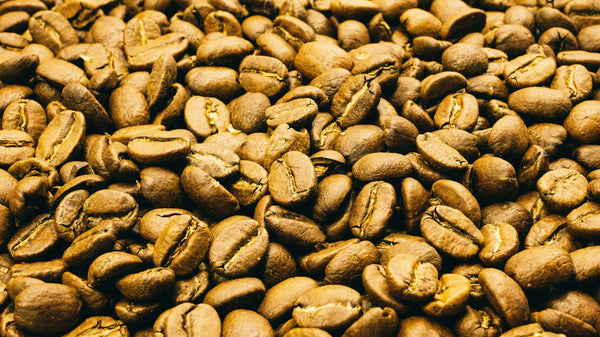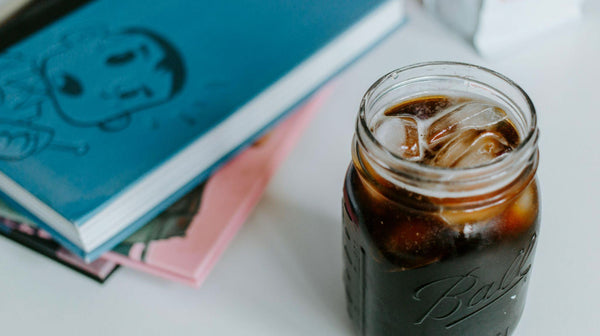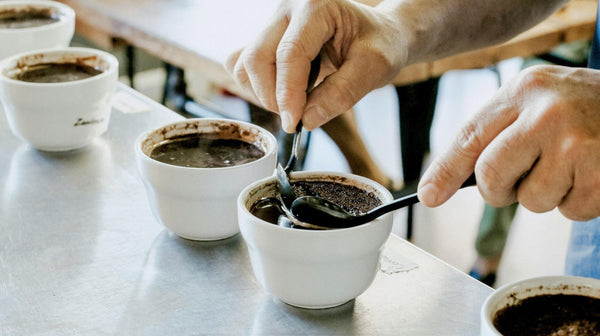Indonesia Coffee Snapshot 2023

Credit: PT. Pintu Air Kopi Flores
Indonesia’s 2022/23 coffee production is forecast to increase by 7 percent from the previous year to 11.35 million (60 kilogram) bags on favorable weather in southern Sumatra. Improved demand following the easing of pandemic-related restrictions is expected to raise domestic coffee consumption to 4.8 million bags in 2022/23. Indonesia’s green bean exports are likely to increase to 6.5 million bags in 2022/23, with the United States continuing to be its top destination.
Currently, Indonesia's coffee plantations cover a total area of approximately 1.24 million hectares, 933 hectares of robusta plantations, and 307 hectares of arabica plantations.
According to data from the Central Statistics Agency (BPS), the number of Indonesian Coffee Production in 2019 amounted to 742 thousand tons.
98.6% of the total production is produced by smallholder coffee plantations (731.6 thousand tons),
0.8% is produced by large state plantations (5.6 thousand tons),
0.6% is produced by large private plantations (4.4 thousand tons).
Indonesia is the worlds fourth-largest producer
Coffee cultivation in Indonesia began in the late 1600s and early 1700s,
Indonesia produced an estimated 660,000 metric tons of coffee in 2017.
Of this total, it is estimated that 154,800 tons were slated for domestic consumption in the 2013–2014 financial year.
Of the exports, 25% is made up of arabica varities and the balance is robusta. In general, Indonesia's arabica coffee varieties have low acidity and strong bodies, which make them ideal for blending with higher-acidity coffees from Central America and East Africa.
Today, more than 90% of Indonesia's coffee is grown by smallholders on farms averaging around one hectare. Some of this production is organic and many farmers’ cooperatives and exporters are internationally certified to market organic coffee.
There are more than 20 varieties of Coffea arabica being grown commercially in Indonesia.
They fall into six main categories:
- Typica – this is the original cultivar introduced by the Dutch. Much of the Typica was lost in the late 1880s, when coffee leaf rust swept through Indonesia. However, both the Bergandal and Sidikalang varieties of Typica can still be found in Sumatra, especially at higher altitudes.
- Hibrido de Timor (HDT) – This variety, which is also called "Tim Tim", is a natural cross between Arabica and Robusta. This variety originated likely from a single coffee tree planted in 1917–18 or 1926.[13] The HDT was planted in Aceh in 1979.
- Linie S – This is a group of varieties was originally developed in India, from the Bourbon cultivar. The most common are S-288 and S-795 which are found in Lintong, Aceh, Flores and other areas.
- Ethiopian lines – These include Rambung and Abyssinia, which were brought to Java in 1928. Since then, they have been brought to Aceh as well. Another group of Ethiopian varieties found in Sumatra are called "USDA", after an American project that brought them to Indonesia in the 1950s.
- Caturra cultivars: Caturra is a mutation of Bourbon coffee, which originated in Brazil.
- Catimor lines – This cross between arabica and robusta has a reputation for poor flavour. However, there are numerous types of Catimor, including one that farmers have named "Ateng-Jaluk". On-going research in Aceh has revealed locally adapted Catimor varieties with excellent cup characteristics.




